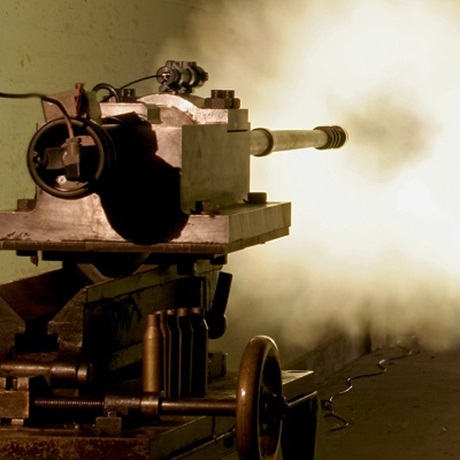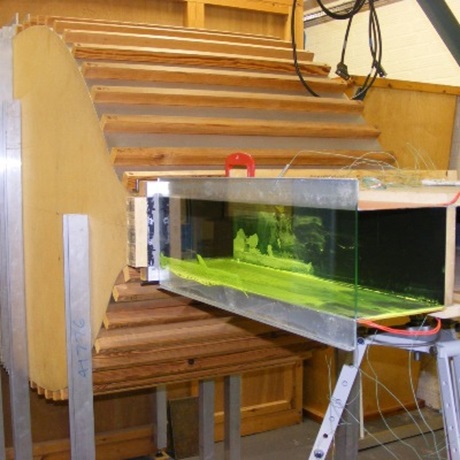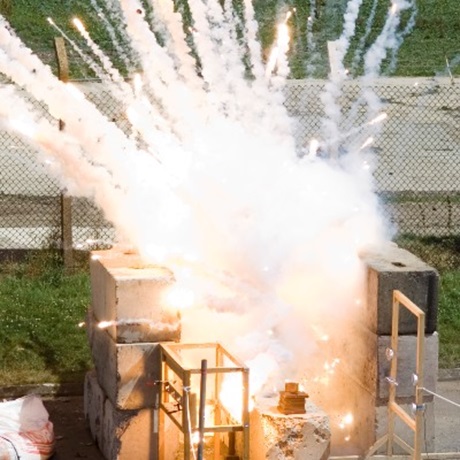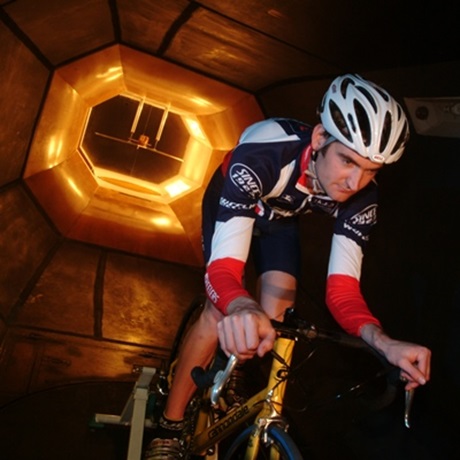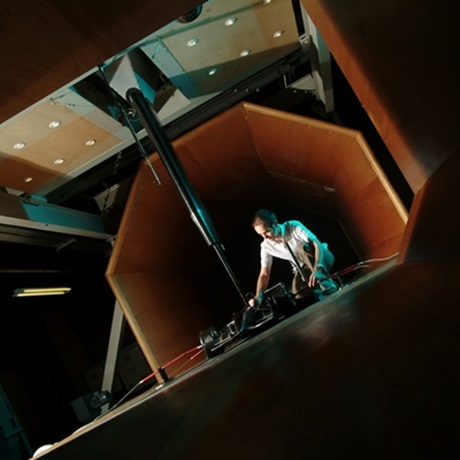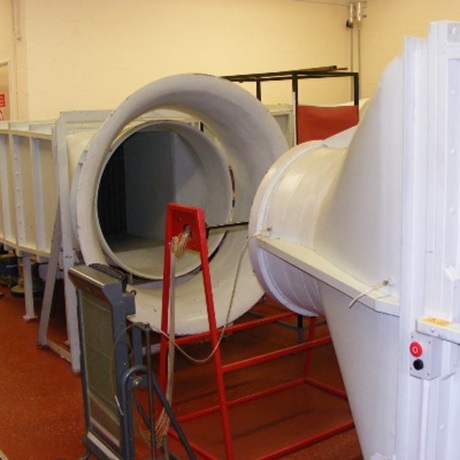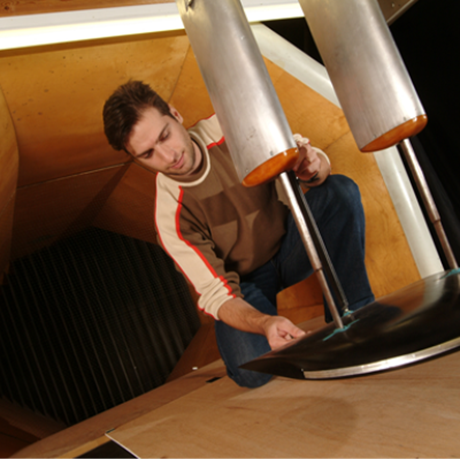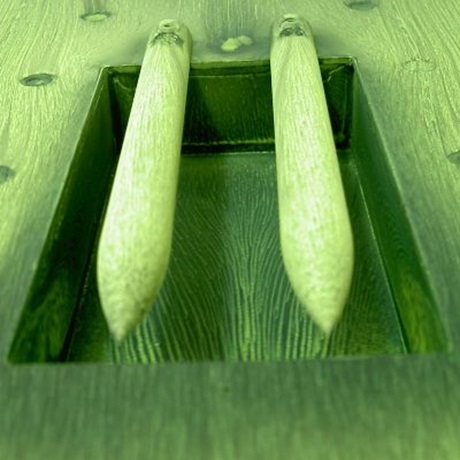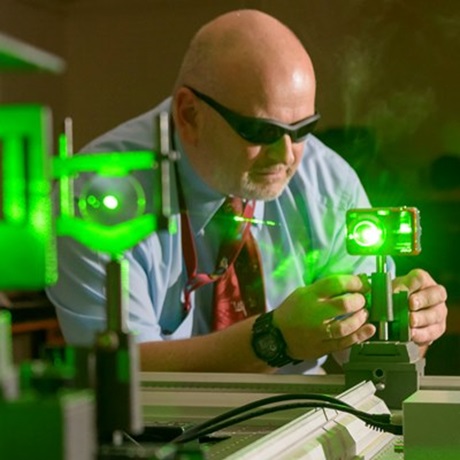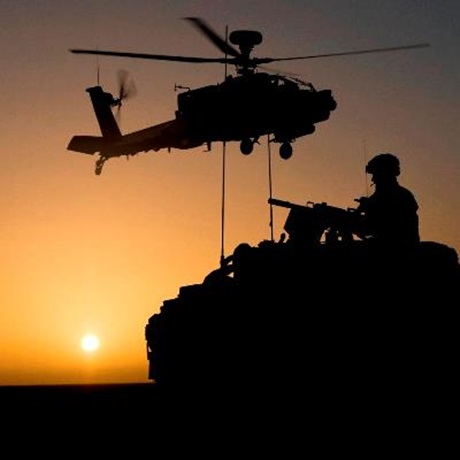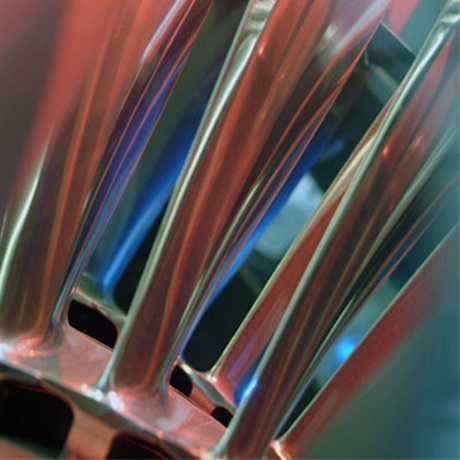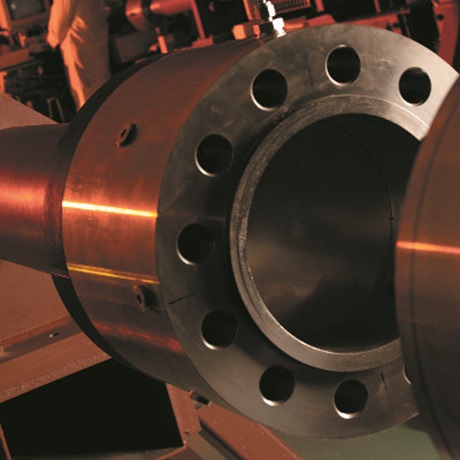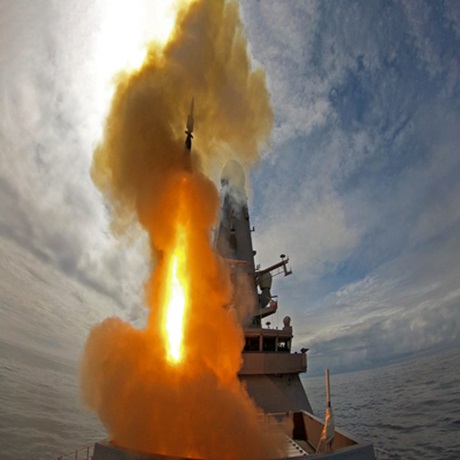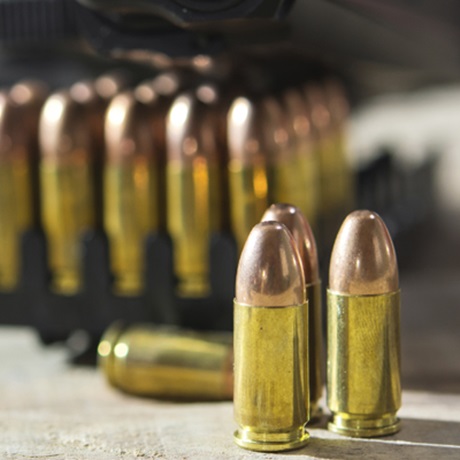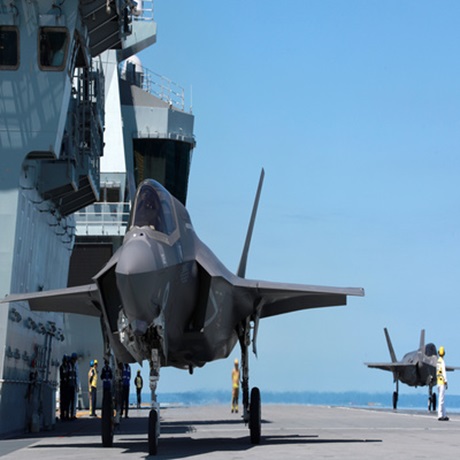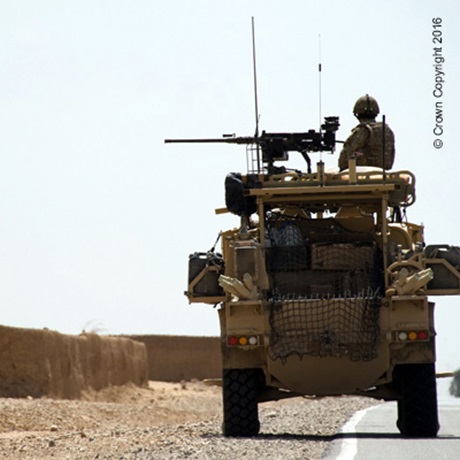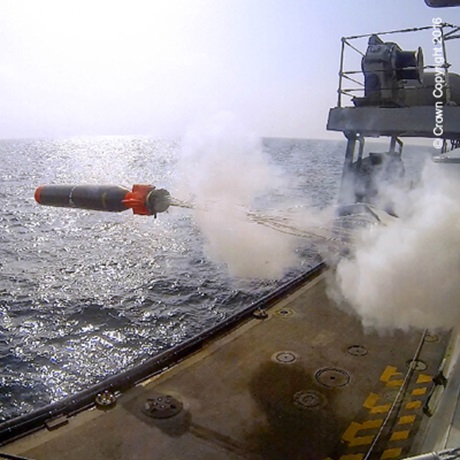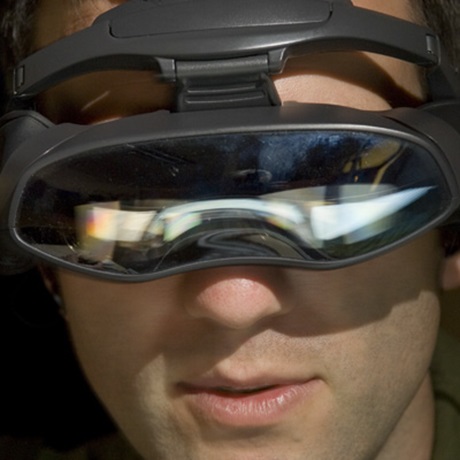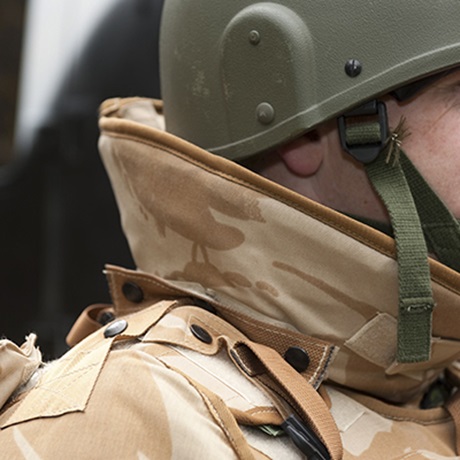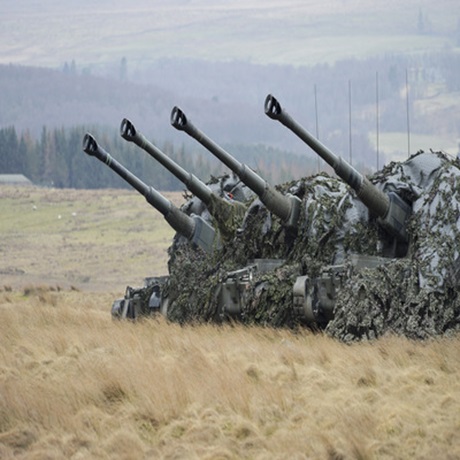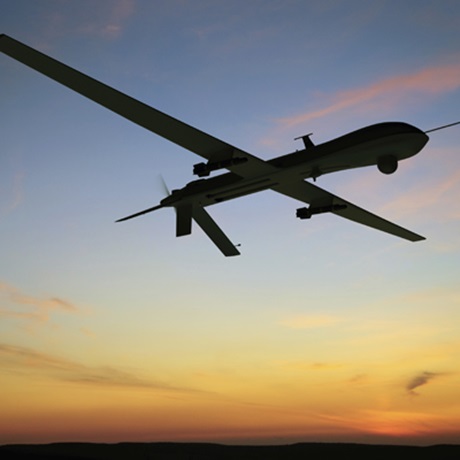Our aim in the Centre for Defence Engineering is to create world-leading academic knowledge within the multiple disciplines that make up defence engineering and technology.
The Centre is focused on the provision of teaching, research and consultancy excellence; our academics are keen to help you find solutions to real life problems. We strive to produce international-standard scientists and engineers through our educational programmes, which are designed to enable students to reach intelligent decisions concerning design, development and acquisition of technologies.
We share our knowledge with our partners in the UK’s Ministry of Defence, wider government and industry through publications, teaching, collaboration and entrepreneurship.
The Centre, led by Dr Gareth Appleby-Thomas (Head of Centre) and supported by Dr John Economou (deputy Head of Centre), consists of three groups that maintain and develop the staff, teams and facilities required to deliver internationally-recognised teaching and research.

